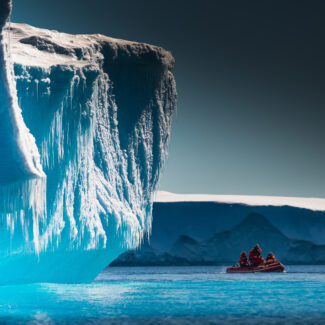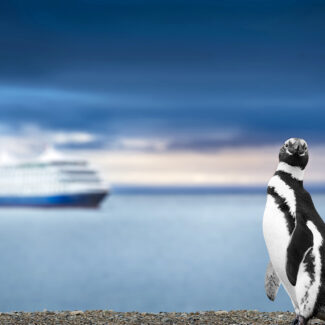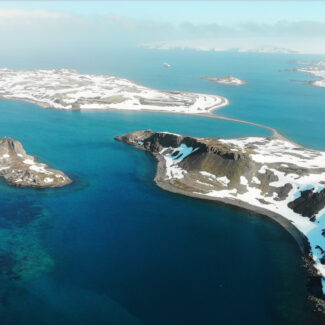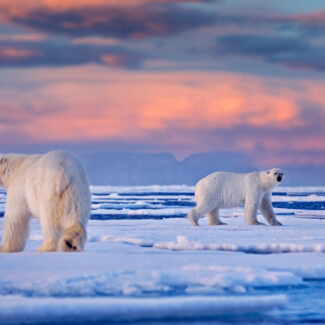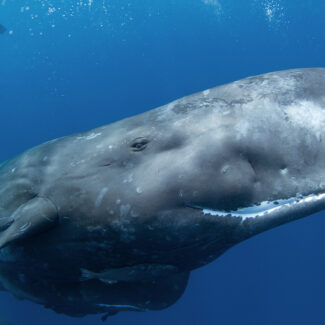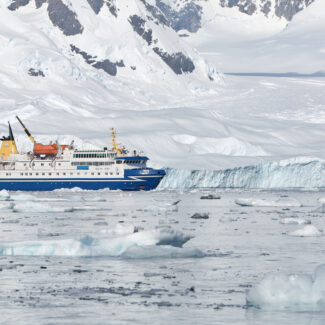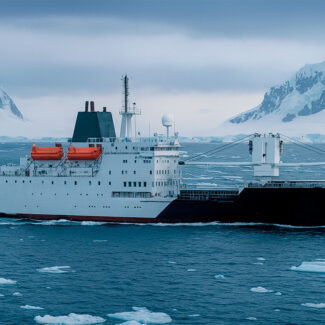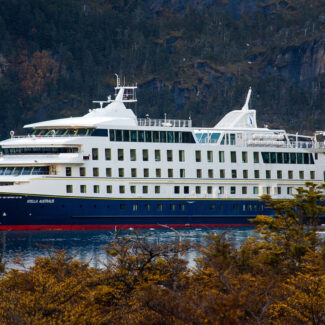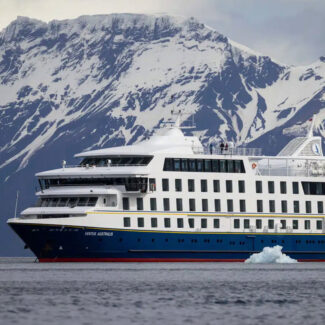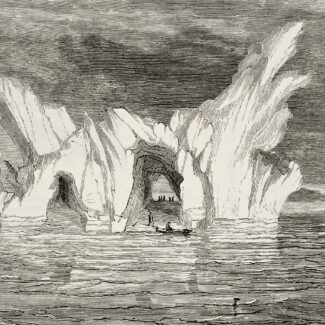
Midnight Sun Cruises & Tours
Highlights
- Witness the fabled “Land of the Midnight Sun” aboard an expedition cruise
- Experience 24 hours of sunlight on the summer solstice at and above the Arctic Circle
- Maximize your exploration of the Arctic with more daylight hours for discovery during the period of peak wildlife activity
- Midsummer’s Eve around the June solstice widely observed in Nordic countries and extra-special above the Arctic Circle
- Abundant opportunities for wildlife and landscape photography
Among the fundamentals of the Arctic environment—the extended summer daylight known as the Midnight Sun, or the Polar Day, or the White Night—is also among its biggest draws. Perhaps that close-to-24-hours’ worth of sunshine, the inevitable result of Earth’s natural tilt (or inclination) as the planet rounds our home star, doesn’t immediately seem like a reason to journey to the Far North, but experiencing it on the ground and on the water is something else.
For one thing, it translates to a luxurious abundance of sunlit sightseeing: an extra-full day’s worth of drinking in Arctic scenery, wildlife, and adventures. And the soft, warm, high-definition illumination of the prolonged low-Sun hours—the long “evening” of the Midnight Sun—casts those splendid vistas of mountains, icebergs, cliffs, headlands, and fjords in about as magical a Magic Hour as any photographer could ask for…
About Midnight Sun Cruises & Tours
Among the fundamentals of the Arctic environment—the extended summer daylight known as the Midnight Sun, or the Polar Day, or the White Night—is also among its biggest draws. Perhaps that close-to-24-hours’ worth of sunshine, the inevitable result of Earth’s natural tilt (or inclination) as the planet rounds our home star, doesn’t immediately seem like a reason to journey to the Far North, but experiencing it on the ground and on the water is something else.
For one thing, it translates to a luxurious abundance of sunlit sightseeing: an extra-full day’s worth of drinking in Arctic scenery, wildlife, and adventures. And the soft, warm, high-definition illumination of the prolonged low-Sun hours—the long “evening” of the Midnight Sun—casts those splendid vistas of mountains, icebergs, cliffs, headlands, and fjords in about as magical a Magic Hour as any photographer could ask for…
Midnight Sun Cruise FAQs
What is the Midnight Sun and when can I experience it on an Arctic cruise?
The Midnight Sun is a natural phenomenon where the sun remains visible for 24 hours a day, never setting below the horizon during the summer months in the Arctic Circle. You can experience it roughly from late May to late July, with peak continuous daylight around the summer solstice.
What are the benefits of cruising under the Midnight Sun?
The primary benefit is extended daylight hours, allowing for more time for excursions, wildlife spotting, and photography, often late into the “night.” The unique golden light provides incredible photo opportunities and a constant sense of wonder.
Does the Midnight Sun affect sleep on board?
While the continuous daylight can be disorienting at first, cruise cabins are equipped with blackout curtains to ensure guests can sleep comfortably. It’s recommended to utilize these and try to maintain a regular sleep schedule.
What activities are possible during the Midnight Sun?
All regular expedition activities, such as Zodiac cruises, land excursions, hiking, and kayaking, can extend into what would normally be nighttime hours. This often allows for more wildlife encounters, as animals may be active at any time, and unparalleled photo opportunities.
Is wildlife easier to spot during the Midnight Sun period?
Yes, in many cases. The extended daylight means more hours for the expedition team to scan for wildlife. While animals have their own activity patterns, the constant light increases visibility and the sheer window of opportunity for sightings.
Are the temperatures warmer during the Midnight Sun season?
Generally, yes. The Midnight Sun period coincides with the Arctic summer, bringing the mildest temperatures of the year, typically ranging from just above freezing to around 10-15°C (50-60°F) in some areas. However, conditions can change rapidly, so warm layers are still essential.
The Midnight Sun is a natural phenomenon where the sun remains visible for 24 hours a day, never setting below the horizon during the summer months in the Arctic Circle. You can experience it roughly from late May to late July, with peak continuous daylight around the summer solstice.
The primary benefit is extended daylight hours, allowing for more time for excursions, wildlife spotting, and photography, often late into the “night.” The unique golden light provides incredible photo opportunities and a constant sense of wonder.
While the continuous daylight can be disorienting at first, cruise cabins are equipped with blackout curtains to ensure guests can sleep comfortably. It’s recommended to utilize these and try to maintain a regular sleep schedule.
All regular expedition activities, such as Zodiac cruises, land excursions, hiking, and kayaking, can extend into what would normally be nighttime hours. This often allows for more wildlife encounters, as animals may be active at any time, and unparalleled photo opportunities.
Yes, in many cases. The extended daylight means more hours for the expedition team to scan for wildlife. While animals have their own activity patterns, the constant light increases visibility and the sheer window of opportunity for sightings.
Generally, yes. The Midnight Sun period coincides with the Arctic summer, bringing the mildest temperatures of the year, typically ranging from just above freezing to around 10-15°C (50-60°F) in some areas. However, conditions can change rapidly, so warm layers are still essential.
Ships Sailing In The Midnight Sun
Recommended Reading
10 Fascinating Polar Bear Facts
10 Most Famous Arctic & Antarctic Expeditions of All Time
10 Wild Wolverine Facts: A Marvel Of The Arctic Kingdom
A History Of Arctic Exploration (Including Timeline)



